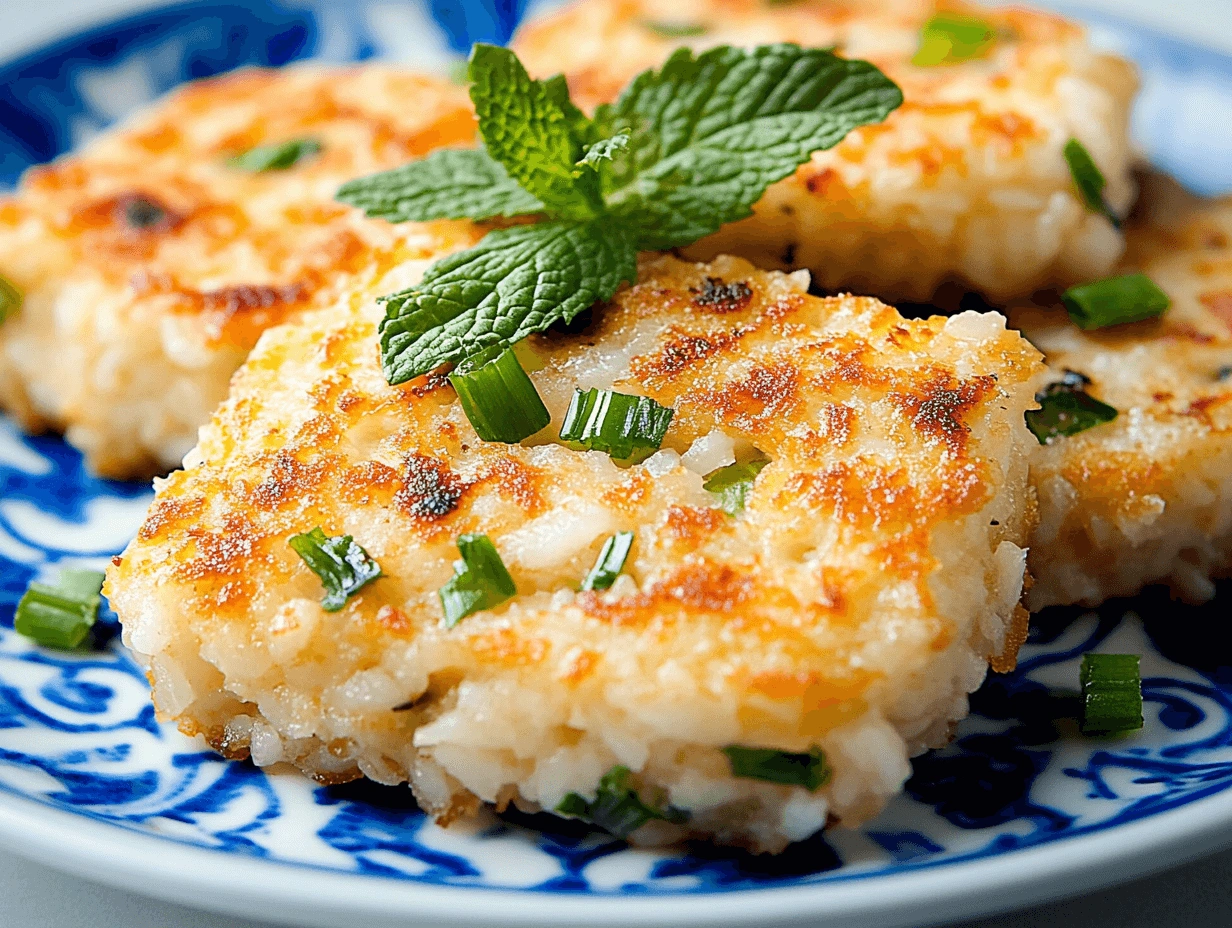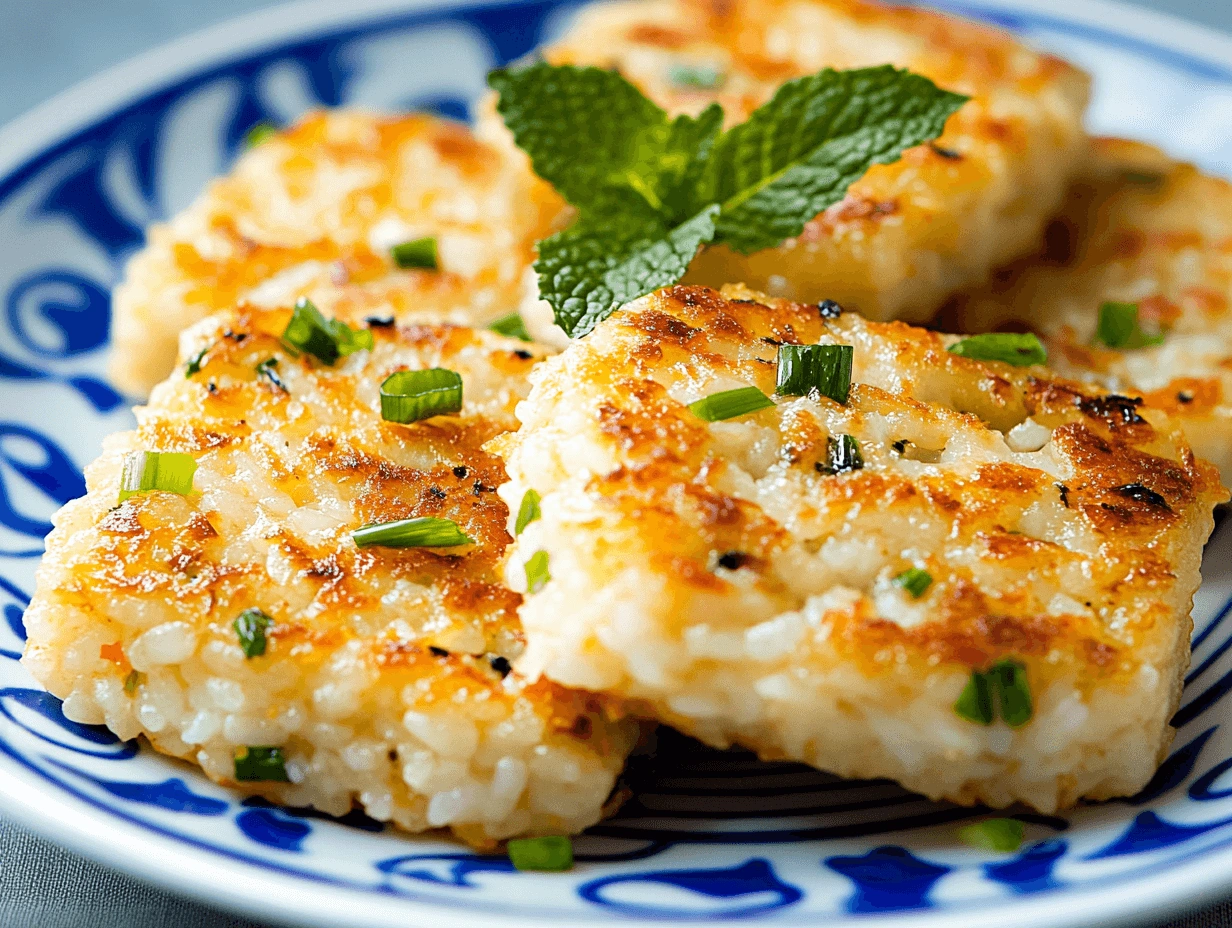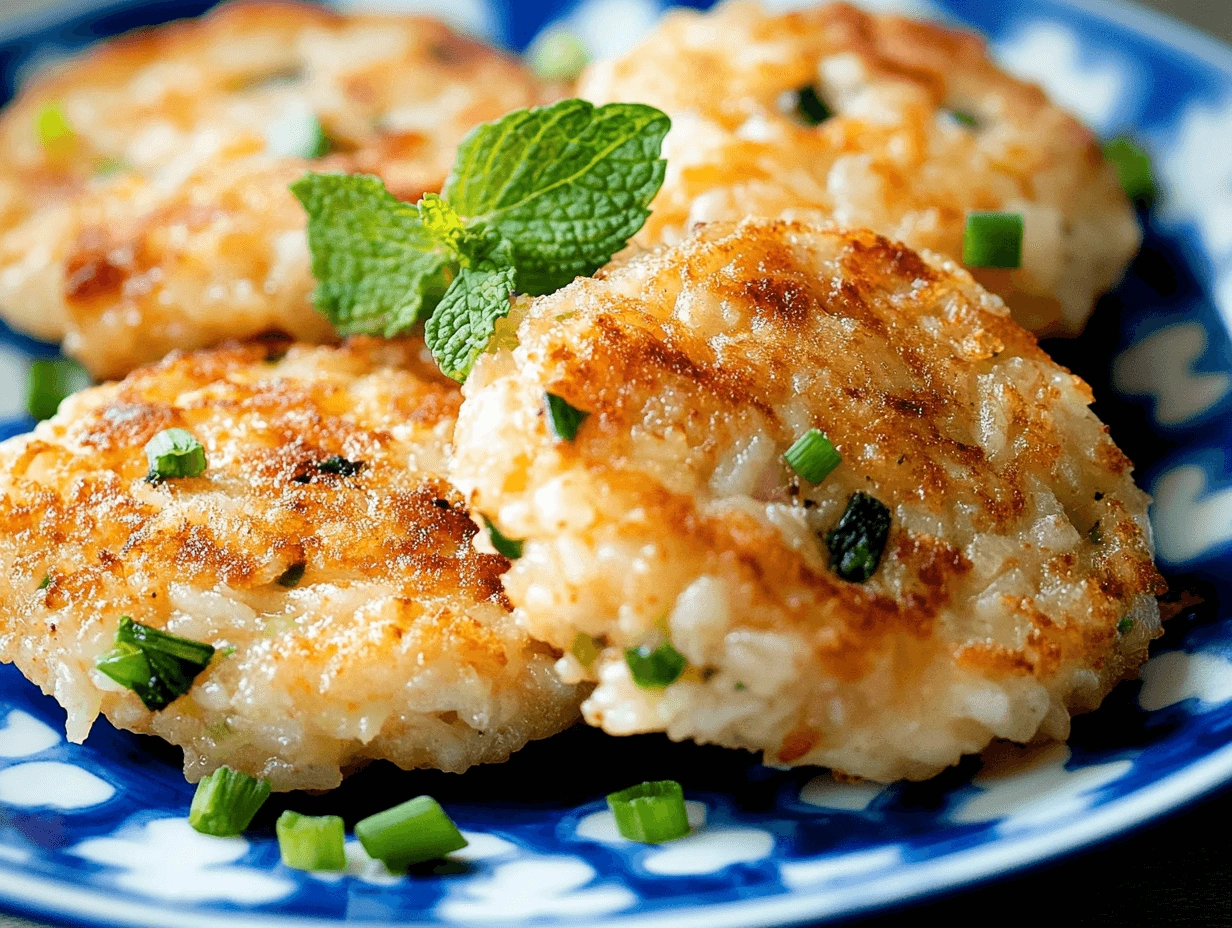Introduction: Are Rice Cakes Actually Healthy?
Are rice cakes healthy? This is a question that continues to intrigue both snack lovers and health-conscious individuals. Rice cakes have been a popular choice for decades, particularly among those striving for a healthier lifestyle. These puffed rice snacks gained fame during the low-fat diet era of the 1980s and 1990s, when they were often touted as a low-calorie alternative to bread or crackers.
In recent years, however, advancements in nutritional science have led many to reevaluate the reputation of rice cakes. While they may seem like a guilt-free snack, questions remain about whether they truly live up to their healthy image. This article will explore their nutritional content, benefits, and potential drawbacks to help you determine: Are rice cakes healthy, and should they have a place in your diet?
Nutritional Profile of Rice Cakes: Are They as Healthy as You Think?
To answer the question, Are rice cakes healthy?, it’s essential to delve into their nutritional profile and assess what they contribute to your diet. Rice cakes are often considered a go-to snack for those seeking a low-calorie option, but their nutritional value is minimal. By understanding what they provide (and what they lack), you can make an informed decision about whether they fit your dietary goals. While they are light and low in calories, rice cakes often lack essential nutrients such as fiber, protein, and healthy fats, which are crucial for keeping you full and energized. Examining the ingredients and choosing nutrient-dense pairings or alternatives can help determine whether rice cakes are the right choice for you.
Basic Nutritional Facts
Rice cakes are best known for their light and airy texture, but this is reflected in their minimal nutritional content. A single plain rice cake (weighing about 9 grams) typically provides:
- Calories: 35
- Carbohydrates: 7 grams
- Protein: 1 gram
- Fiber: 0 grams
- Fat: 0 grams
While they are low in calories, rice cakes lack essential nutrients like fiber, protein, and healthy fats that are important for satiety and sustained energy. Although they may seem like a lighter option compared to bread or crackers, they often have a similar calorie count to white bread on a gram-for-gram basis and slightly more than saltine crackers.
Whole Grain vs. Refined Rice Cakes
Not all rice cakes are created equal. Some are made from refined white rice, which is stripped of many nutrients during processing. Others are crafted from whole-grain brown rice, which offers additional health benefits, such as:
- Higher Fiber Content: Promotes better digestion and helps you feel fuller.
- Increased Antioxidants: Protects cells from damage caused by free radicals.
- Essential Minerals: Supplies nutrients like magnesium and selenium, which support overall health.
If you’re wondering, Are rice cakes healthy?, the answer largely depends on the type you choose. Opt for rice cakes labeled “whole grain brown rice” to get a more nutrient-rich option that aligns better with a healthy diet.
Flavored Varieties
Flavored rice cakes may appeal to your taste buds, but they often come with added ingredients that compromise their healthiness. For instance:
- Sweet Flavors: Options like caramel or chocolate often contain added sugars.
- Savory Flavors: Varieties such as cheese or barbecue may include high levels of sodium.
While flavored rice cakes can be tempting, they are typically less nutritious than plain ones. If you’re aiming for a healthier choice, stick to plain rice cakes or those with minimal, natural flavoring and avoid varieties with artificial additives.
Health Benefits of Rice Cakes: Are They Good for You?

Even though rice cakes are nutritionally limited, they do offer certain advantages, making them a reasonable choice for some people. Let’s look at some of their benefits and how they can fit into a healthy lifestyle.
Low-Calorie Snack
For those managing their calorie intake, rice cakes can be a helpful snack. A plain rice cake contains only about 35 calories, making it a light choice. However, portion control is crucial. Eating multiple rice cakes in one sitting can quickly increase calorie consumption. Pairing them with protein or healthy fats can help create a more balanced and satisfying snack.
Gluten-Free and Allergen-Friendly
Rice cakes are naturally gluten-free as long as they are made purely from rice. This makes them an excellent option for individuals with celiac disease or gluten intolerance. Additionally, they are free from common allergens such as nuts and dairy, making them suitable for people with various dietary restrictions.
Convenience and Availability
Another advantage of rice cakes is their convenience. They are widely available in most grocery stores and have a long shelf life, making them easy to store and grab when needed. Rice cakes require no preparation, which makes them an ideal snack for busy individuals or those on the go.
So, are rice cakes healthy? The answer largely depends on how you consume them. While they are low in calories and free from common allergens, rice cakes lack essential nutrients like fiber, protein, and healthy fats. This makes them less satisfying on their own and potentially less beneficial for sustained energy.
Choosing whole-grain rice cakes over refined options and avoiding flavored varieties with added sugars or sodium can improve their nutritional value. Pairing them with nutrient-dense toppings, such as almond butter, avocado, or cottage cheese, can make rice cakes a more balanced snack.
Ultimately, rice cakes can fit into a healthy diet when consumed in moderation and paired with other nutritious foods. By making informed choices, you can enjoy rice cakes as part of a diet that supports your overall health and wellness.
If you want to improve the nutritional value of your rice cakes, you can explore homemade rice cake recipes and tips. This guide offers creative ways to make rice cakes healthier and more flavorful.
Are Rice Cakes Actually Healthy? Understanding the Downsides
While rice cakes may have some benefits, they also come with a few significant downsides that are important to understand.
Lack of Essential Nutrients
One of the biggest issues with rice cakes is their lack of essential nutrients. They are primarily composed of carbohydrates, with almost no protein, fiber, or healthy fats. Without these nutrients, rice cakes are not very filling. As a result, eating them alone may leave you feeling hungry soon after, which could lead to overeating.
Impact on Blood Sugar
Another concern is the impact rice cakes can have on blood sugar levels. Because they have a high glycemic index (GI), rice cakes can cause your blood sugar to rise quickly. This can be particularly problematic for people with diabetes or anyone trying to maintain stable energy levels throughout the day. To minimize this effect:
- Pair rice cakes with a source of protein, such as almond butter or cheese.
- Add fiber by topping them with sliced fruits or vegetables like bananas or cucumbers.
Not a Balanced Snack Alone
Finally, rice cakes are not a balanced snack when eaten on their own. If you enjoy eating rice cakes, try enhancing them with nutritious toppings to make them more satisfying. Here are a few examples:
- Spread hummus on top and add sliced cherry tomatoes for a savory twist.
- Use guacamole and diced bell peppers to boost healthy fats and fiber.
- Pair with smoked salmon and cream cheese for added protein.
Related Reading
For more creative ideas, check out topping suggestions for rice cakes. These suggestions can help you turn rice cakes into a nutrient-rich snack.
Are Rice Cakes Healthy for Everyone? Tailoring to Individual Needs

Rice cakes are often marketed as a universally healthy snack, but they may not be suitable for everyone. Depending on your specific health goals or dietary concerns, their suitability can vary.
For Diabetics
Rice cakes, especially plain ones, are primarily composed of carbohydrates, which can lead to a quick spike in blood sugar levels. With a high glycemic index (GI), they digest rapidly, causing glucose to enter the bloodstream quickly. For individuals with diabetes, this can be problematic.
Tips for Moderation:
- Choose whole-grain options: Whole-grain rice cakes have more fiber, which slows digestion and reduces their impact on blood sugar.
- Pair with protein or healthy fats: Adding almond butter, cheese, or avocado can help stabilize blood sugar levels.
- Stick to one serving: Monitor portion sizes to avoid a significant rise in glucose levels.
For Weight Loss
While rice cakes are low in calories, they may not be as beneficial for weight loss as they seem. Without protein or fiber, they are not filling, which can lead to overeating. Many people mistakenly consume large amounts, negating their low-calorie appeal.
How to Use Rice Cakes for Weight Loss:
- Combine rice cakes with nutrient-dense toppings, such as peanut butter and banana slices, to feel fuller for longer.
- Limit consumption to one or two rice cakes per snack to control calorie intake.
- Focus on whole-grain versions for added nutrients and improved satiety.
For Overall Health
Rice cakes can fit into a balanced diet, but their nutritional limitations mean they should not be a primary snack choice. They are most appropriate for those seeking a quick, allergen-friendly, or gluten-free option.
When to Include Rice Cakes:
- As a portable, low-mess snack when other options are unavailable.
- As a base for nutrient-rich ingredients, such as hummus and fresh vegetables.
- When avoiding gluten or common allergens like nuts and dairy.
How to Make Rice Cakes Healthier: Tips for Balanced Snacking
While rice cakes are not nutritionally dense on their own, pairing them with the right ingredients can transform them into a more balanced snack. Here’s how to make them both satisfying and nourishing.
Pairing with Nutritious Toppings
Adding toppings rich in protein, fiber, or healthy fats can greatly enhance the nutritional value of rice cakes. Here are some combinations to try:
- Nut butter and sliced fruit: Spread almond or peanut butter and top with banana or apple slices.
- Avocado and smoked salmon: This combination adds healthy fats, protein, and omega-3 fatty acids.
- Hummus and fresh veggies: Top with hummus and slices of cucumber, tomato, or bell pepper.
- Cottage cheese and berries: A sweet and savory option that’s high in protein.
Incorporating into Balanced Meals
Rice cakes can also serve as a base for small, balanced meals. Here are a few ideas:
- Breakfast: Top a rice cake with Greek yogurt, granola, and fresh berries for a light morning meal.
- Lunch: Use rice cakes as a substitute for bread in open-faced sandwiches, such as turkey and avocado or tuna salad.
- Snacks: Pair with hard-boiled eggs or a handful of nuts for a quick and nutritious snack.
Choosing the Right Variety
Not all rice cakes are equal when it comes to health. Here’s what to look for:
- Whole-grain options: These provide more fiber and nutrients than refined versions.
- Low-sodium varieties: Opt for rice cakes with no added salt if you’re monitoring sodium intake.
- Minimally flavored options: Avoid those with added sugars or artificial flavorings.
For additional snack pairing ideas, visit homemade rice cake recipes and tips.
Conclusion: Should You Include Rice Cakes in Your Diet?
As we have seen, rice cakes are a versatile snack option that comes with both benefits and drawbacks. Whether or not they belong in your diet depends on your specific needs and preferences.
Recap of Key Points
- Benefits: Rice cakes are low in calories, gluten-free, and convenient for quick snacking. They can also be tailored with healthy toppings to improve their nutritional value.
- Limitations: On their own, rice cakes lack protein, fiber, and healthy fats. They can cause blood sugar spikes if eaten without balancing nutrients.
Final Thoughts
Rice cakes can be a useful addition to a healthy diet, but they should not replace more nutrient-dense snacks. By pairing them with protein and healthy fats, you can enjoy their convenience while avoiding hunger and blood sugar crashes. Ultimately, the key is moderation and thoughtful preparation.
Alternatives to Rice Cakes
If you’re looking for other low-calorie, nutrient-rich snack options, consider the following:
- Vegetable sticks with guacamole or hummus: High in fiber and healthy fats.
- Greek yogurt with nuts and fruit: A protein-packed snack to keep you full.
- Whole-grain crackers: These often provide more fiber and nutrients than rice cakes.
For more ideas on healthy snacks, visit the American Heart Association’s Healthy Snacking Guide.


3 thoughts on “Are Rice Cakes Healthy? Benefits and Tips”